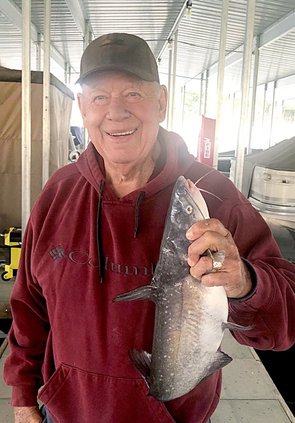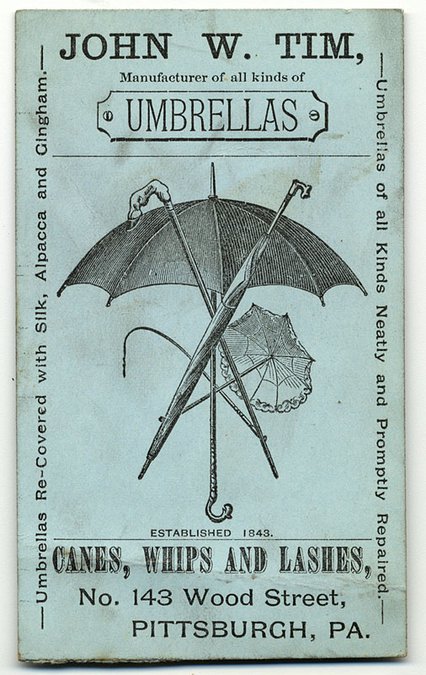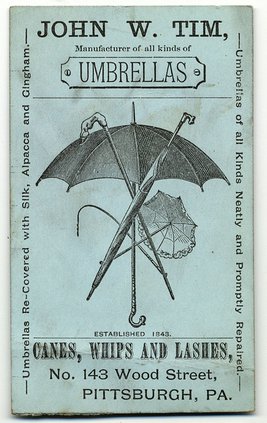Each week we’ll take a step back into the history of Great Bend through the eyes of reporters past. We’ll reacquaint you with what went into creating the Great Bend of today, and do our best to update you on what “the rest of the story” turned out to be.
This was an uneventful week historically in 1930, but sometimes those are the best weeks for local news. Record high heat and drought were the challenges of the week here in Barton County and around the area. Air conditioning was non-existent, so people got used to it, and a trip to the lake was a welcome respite. Lake Barton was a quick trip from town, so swimming, boating and fishing were easier to manage. Kids, in general, played outside most of the day. Locally, it would be a few decades before television was around to provide distraction, so they had to be creative to avoid boredom.
Record making and breaking
On Tuesday, July 22, we found a Great Bend Tribune report, “Teetering Record Broken.”
“The teetering record of 7 hours of continuous teetering established by two Hutchinson girls was shattered here last night by Virginia Dodge, 11 and Alma Buntz, 12, who “teeter-tottered” seven hours and twenty-five minutes by the Seth Thomas clock.”
The reference to Seth Thomas, we learned, was probably meant to underscore the accuracy of the time, as the company itself had a reputation for quality time-pieces, whether they be pocket watches or tower clocks.
“The young champions mounted the teeter in the yard at the Ed. J. Dodge home, 1603 Williams, at 2:50 yesterday afternoon with grim determination to win a world’s championship in that sport.
“At 5 o’clock, dinner was announced by Mrs. Dodge, mother of Virginia, present co-holder of the teetering record, but the two aspirants looked not to the right of them nor to the left but teetered on. Whereupon the indulgent mother served dinner to them on pie plates while they teetered.
“Though they were considerably fatigued at 9:50 last night when the record fell, they continued teetering until 10:15 o’clock to add a margin to their victory.
“Great Bend holds the world’s teetering record.”
By Thursday, July 24, the record was challenged by two other Great Bend girls, Virginia Barricklow, daughter of Mr. and Mrs. Claude Barricklow, and Jean Hamilton, daughter of Mr. and Mrs. D.W. Hamilton from the Washington school grounds.
“Starting at 8 o’clock this morning, the two girls set their goal for 8 o’clock this evening, which if the time is completed, will give them a record of 12 continuous hours of teetering. Such a mark would be practically four hours and a half better than the record set here Monday and five hours better than the one which was set at Hutchinson last week.”
The girls were served easy to eat food for lunch, and the same was anticipated for dinner. “A crowd of youngsters attended the record attempt both this morning and this afternoon.”
The Friday paper carried news of their success.
“The two girls who set out to best the seven-hour-twenty-five minute mark established here Monday by (Dodge and Buntz) expected to teeter until 8 o’clock last night. At 6 o’clock, however, Jean’s mother decided that her daughter had shown enough endurance and vetoed the setting of any greater record. Both were disappointed at the unexpected curtailment of their plans but were fatigued sufficiently to appreciate an early culmination of their efforts.”
It turns out, Virginia’s sister, Mildred, offered a prize of $1 if the girls “stayed on the go until 8 o’clock,” but paid the prize anyway, “and has been appointed the girls’ financial secretary. Any stage offers or other terms of remuneration, will be referred to her.”
Dodge and Buntz were interviewed by a Tribune reporter.
“We only meant to take the record away from the Hutchinson girls who teetered for seven hours,” Dodge said. “And there is plenty of satisfaction to know that we held the record for a time and were the first in Great Bend to do so. Our record made us pretty tired and we don’t think right now that we’ll try it again.”


Big fish story
That Monday, July 20, one Great Bend pastor enjoyed a solitary fishing trip to Lake Barton, and was the subject of the Tribune report “Rev. Resner Lands Big Catfish After It Had Straightened Hook.”
A 13-pound blue catfish was caught in Lake Barton this morning by J. Resner, pastor of the German Lutheran church here, after a hand-to-hand tussle. The finny monster, which measured 29 7/8 inches from tip to tip and 18 3/4 inches in girth , straightened a No. 17 hook for the angling person, in an effort to get away. Resner, who was fishing from a boat, worked the fish into shallow water and pounced upon it with his hands.”
Resner was already known for catching a bigger catfish previously. That fish, an estimated 30 pounds, had gotten away, even after being brought to shore, and was believed to still live in the lake.
“The fish caught by Resner today is one of the largest taken from Lake Barton and approached within 5 pounds of the record fish, a 19 pound catfish caught by Joe Kramer of this city two years ago.”
Resner was also doing his part, it turns out, making space for other fish in crisis, as area ponds, lakes and streams were reported to be going dry. In the next day’s paper, it was reported, “Drought Killing Fish.”
“Many fish are dying this year due to the unusual drought over the entire state of Kansas. Ponds, lakes and streams over the state are going dry and although the fish and game wardens are reclaiming a large number of fish in these receding waters, many will be lost if the public in general does not make an effort to aid the wardens.”
People were urged to report waters they knew contained fish that were under threat, and also to help with the effort of transferring fish in those bodies of water to other “living water.”
At the same time, they were keeping an eye out for “fish hogs” and for persons who are unlawfully marketing fish,” the report stated.


‘Umbrella Man’
Everyone has heard references to “buggy whip” makers as an example of obsolescence. That week’s Tribune included a feature about a different sort of craftsman facing obsolescence, “Automobiles and Rain Coats are Forcing Great Bend ‘Umbrella Man’ Into Retirement”
“At age 75, Harry P. Lane, “umbrella man” to six towns in Kansas for the previous 23 years, was planning to pack it in and move to Salt Lake City,” the report stated. That is where his long time friend and companion in the umbrella business, Ralph E. Dunlap had moved years earlier after he married. Lane had taught Dunlap the art of making and repairing umbrellas during the early 1900’s.
“...they came to Great Bend in 1907. For three years they “batched” in a house owned by Mother Wilson on north Holland Street. In 1910 Mr. Dunlap married and went to Salt Lake City where he and his family live,” the report stated. The two had stayed in touch over the years.
After Dunlap left, Lane grew his business to include Anthony, Pratt, Kingman, Wellington and McPherson.
“In these towns he is well known, having visited each city several times each year for twenty years. On each trip he would form new acquaintances, his work soon became generally known and it was the practice for these persons to save their umbrella work ‘until the reliable umbrella man comes’.”
Lane had customers who owned umbrellas he’d made for them by hand decades earlier.
“I use three kinds of linen thread and I try to give my customers the best workmanship possible,” he said. “Factories turn out umbrellas much cheaper than I can but machines do not turn out as good work. I don’t mean to knock factory made umbrellas but it is only natural that hand work is more lasting and durable.”
Lane would carry all the equipment needed to fashion customers’ umbrellas, including a complete line of umbrella tops and handles. He reasoned that as automobiles became more the norm, and raincoats became more plentiful, “folks have discarded the umbrella and only use them in case of emergency.”
Lane would leave Great Bend for his final adventure on good terms.
“When folks ask me where my home is I tell them in the best town in Kansas,” he said. “Then if they don’t understand I plainly tell them about Great Bend. I’ve got a lot of friends here and even though I may go to Salt Lake City, Great Bend will be my home. I love the people here. They have been good to me.”
We could not find any further information on Lane, but we did find Ralph E. Dunlap at FindAGrave.com. He was 26 years younger than Lane, and passed away at age 55 in 1936, and is buried in the Salt Lake City Cemetery.





